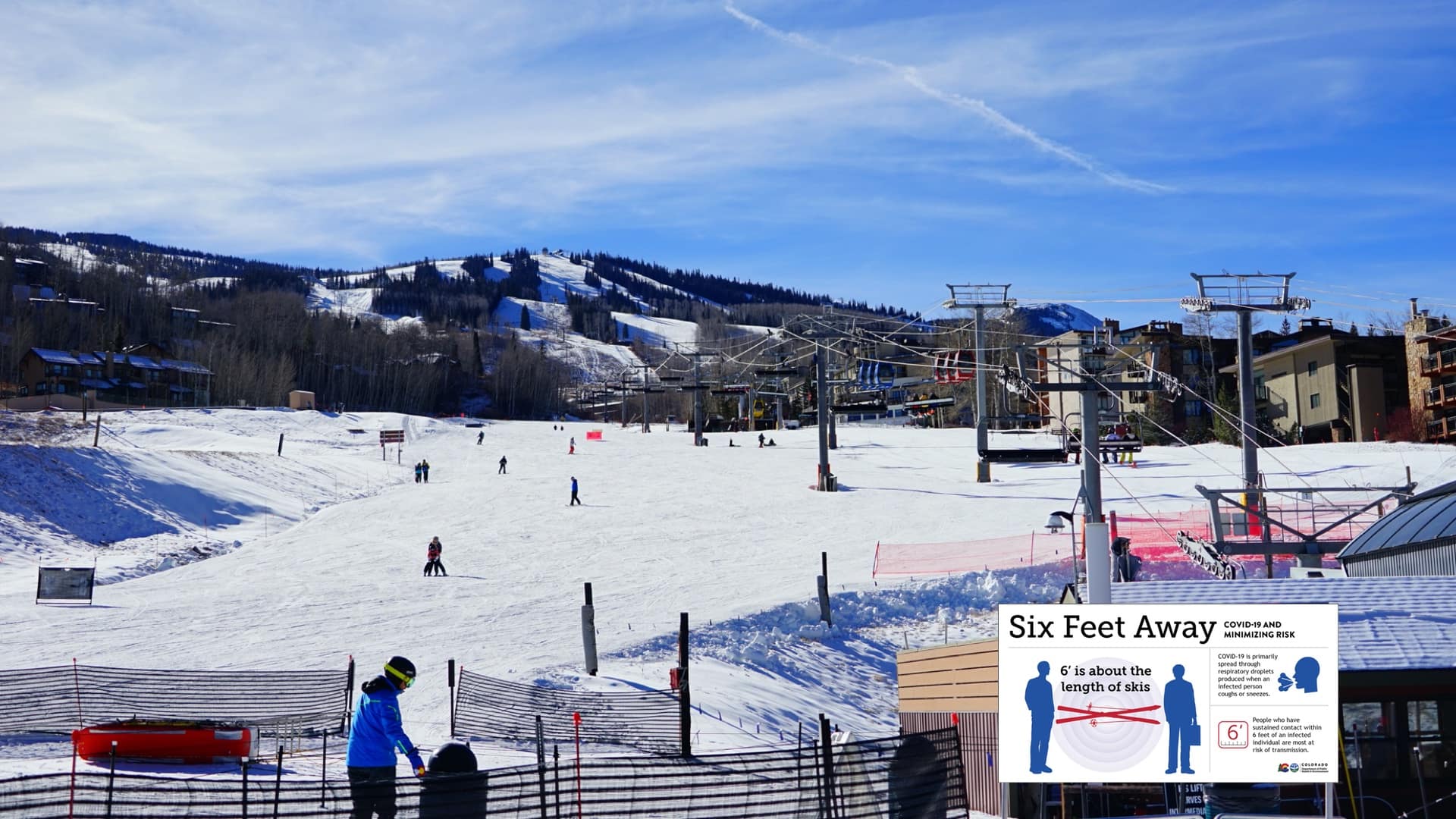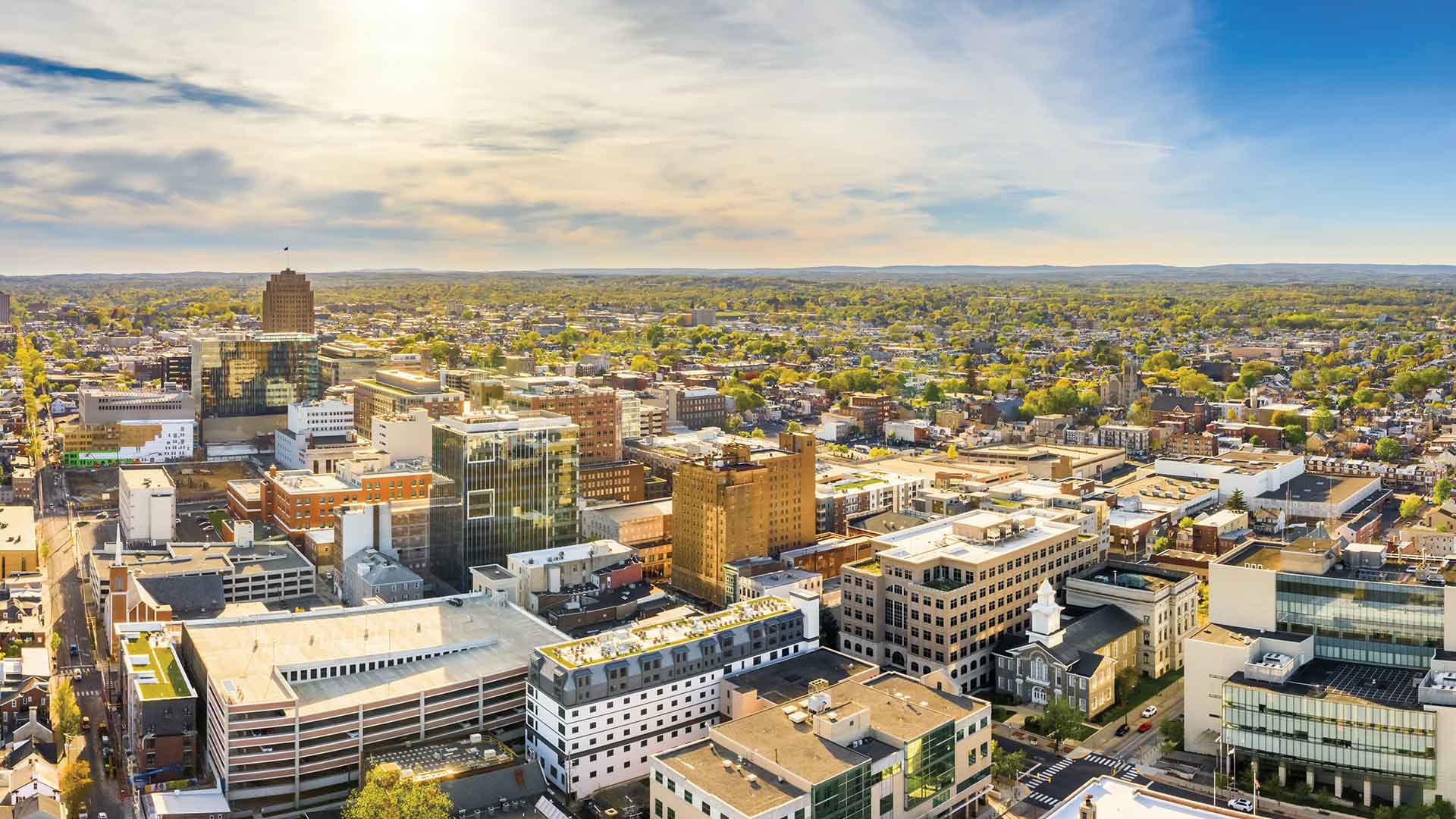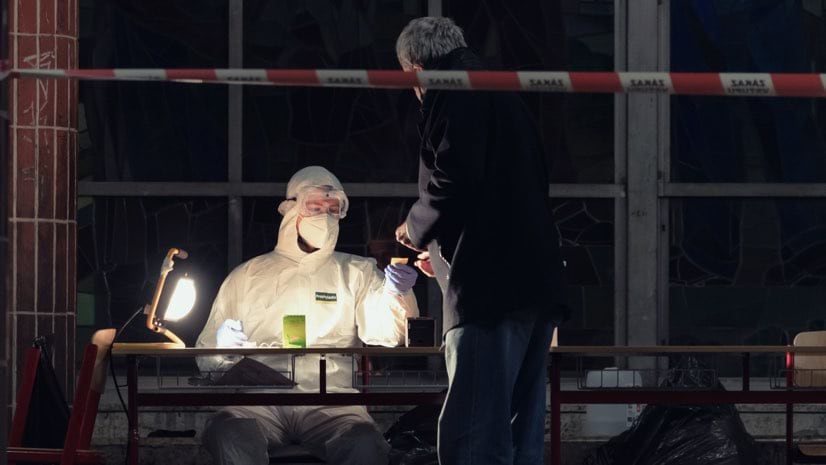

November 23, 2020

In response to a recent pandemic surge across Europe, the entire adult population of Slovakia, more than 3.6 million people, underwent COVID-19 testing during the last two weekends of October. In the Staré Mesto (Old Town) district of the capital city of Bratislava, the mayor’s office provided residents with a dashboard and live map to show testing sites and wait times—a move that saved a lot of frustration and increased safety.
“We expected more than 40,000 people in two days at 30 testing points,” said Matej Števove, head of the mayor’s office in Bratislava-Staré Mesto District. “We had to carefully manage the people because it could become overcrowded. With the dashboard app, we were communicating where to go and at what time, or where not to go because there was a long line.”
Because residents could see current wait times, they spread themselves across testing sites, keeping the district testing program safe and efficient.
“We got good feedback from people the whole time,” Števove said. “They were thankful for the information because it helped them. In other districts, they were waiting six hours for the test. In our district, they waited from 15 minutes to two hours.”
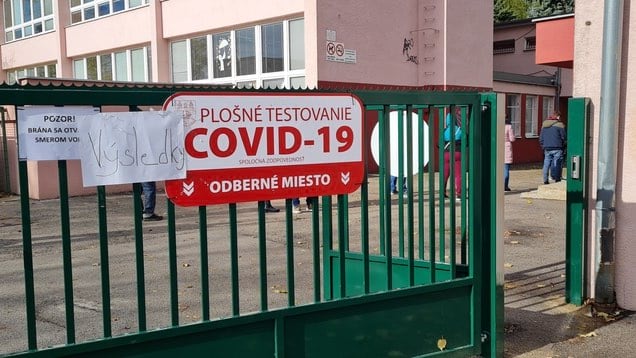
National testing in Slovakia took place in two waves over two weekends. The effort ultimately identified 57,462 infected people and revealed previously unknown hot spots of infection in the north of the country. Those who tested positive were asked to isolate and their families asked to quarantine in hopes of keeping Slovakia’s caseloads low. Prime Minister Igor Matovič remarked how Slovakia offered the world a new way to fight the disease.
“Now, all the people know the coronavirus is very serious,” Števove said. “As we were organizing this national effort, it was nice to see how many people offered help. We had many volunteers and companies that provided facilities or food for volunteers.”
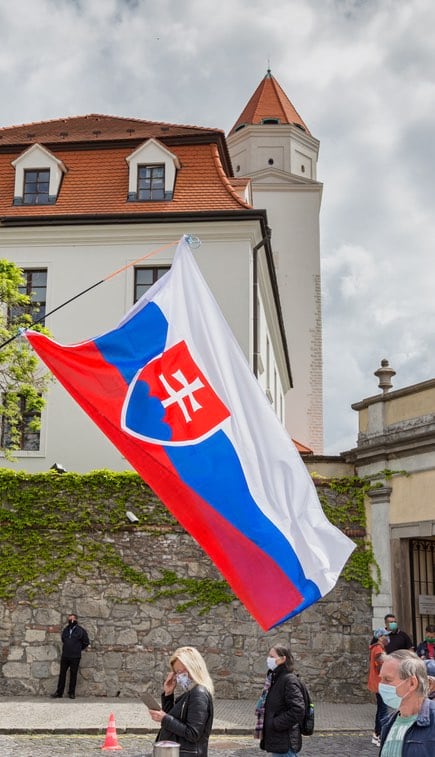
Old Town is home to many of the Slovakia’s cultural centers, the national government seat, and the president’s office. It is also one of the more densely populated places in the country.
“Other districts in our city aren’t as crowded, so it was easier for them,” Števove said. “It was difficult for us to pick the right testing points, taking care so they wouldn’t overlap or force people too close.”
Central tenets of the country’s testing strategy included maintaining social distance and limiting the number of people indoors. With so few places to spread its population in dense urban areas, officials saw the mapping app as essential to reducing crowding.
Števove and a colleague administered the back end of the dashboard application, pulling details they found on Facebook and from text messages about wait times to keep the mapped information up-to-date. They also had colleagues on the ground visiting testing sites to check progress and send updates.
“It was good to have us there to verify the information,” Števove said. “Residents know that the information comes right from us, and it’s the correct information and not a hoax.”
As is the case in many cities and countries around the world, the people of Staré Mesto have received mixed messages about the virus.
“Most of the people wear masks and protect themselves, although there’s some disinformation,” Števove said. “Some say the virus is fake and that we don’t need to wear masks.”
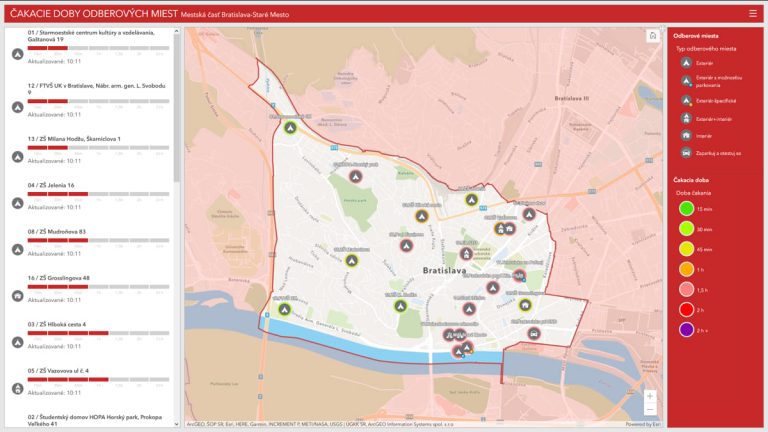
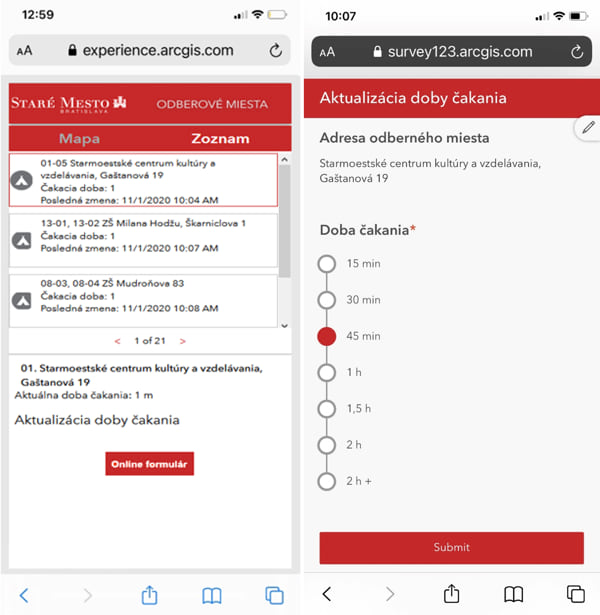
The district combats conflicting views by sharing news and details directly with the public through an official communications app. The live dashboard was shared through the app, including alerts sent several times a day to remind subscribers to check wait times. Advertisements promoting the district app as an official information source led to a gain of thousands of new subscribers in advance of the national testing.
Residents who had the district communication app could see the testing site and wait times dashboard on a desktop or mobile device and share those links with others via social media. “When it comes from us, they know it’s an important message, and they share it within their area,” Števove said.
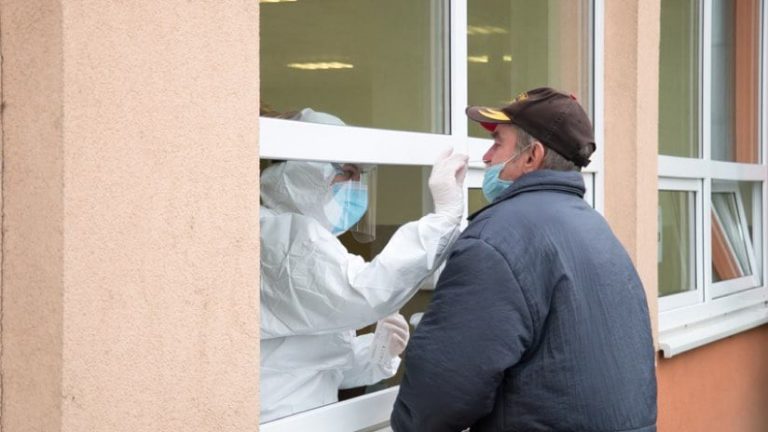
At the outset of the national effort, everyone from the prime minister to local officials to residents seemed to acknowledge the difficulties of testing everyone.
“It was a big challenge, and yet we managed to do it without many problems,” Števove said. “We found that Bratislava is doing quite well. Of the 29,047 people we tested, just 108 were positive. I hope it will help other governments contain the coronavirus.”

